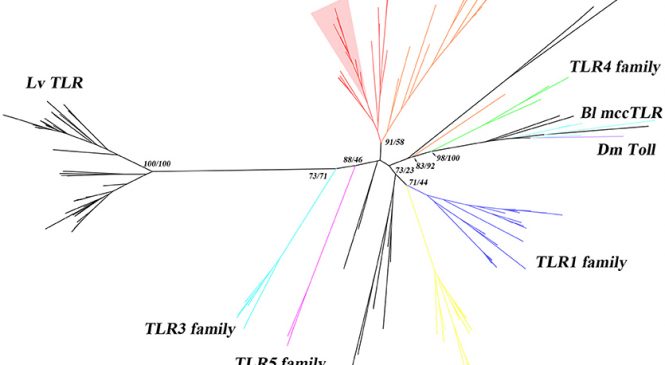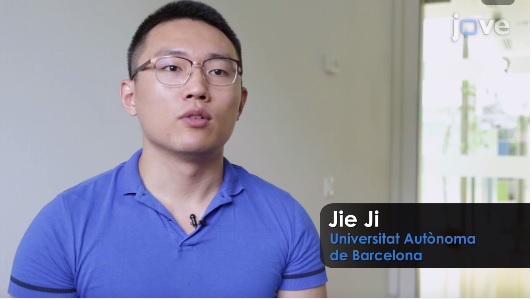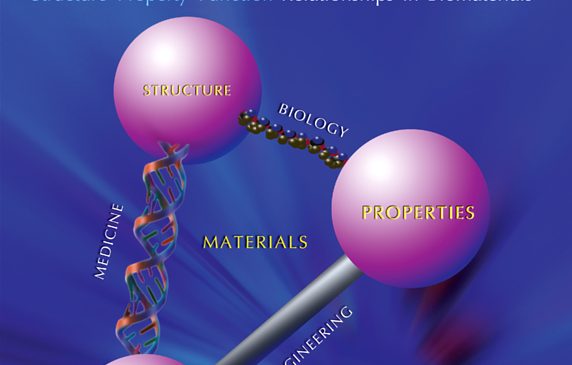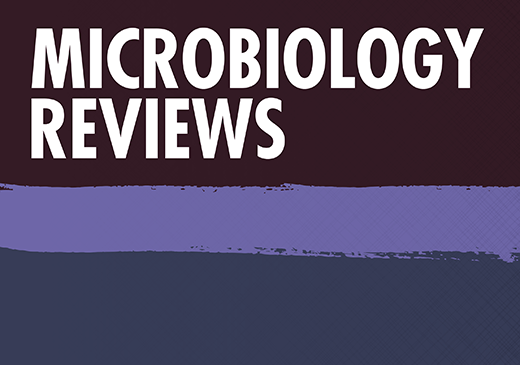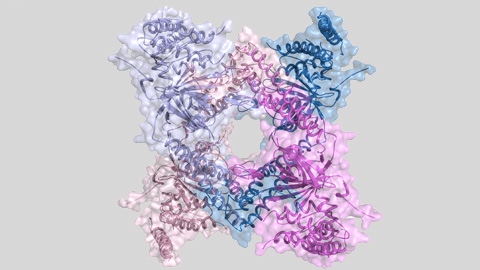
Un estudi liderat per David Reverter, investigador de l’IBB, ha identificat un nou mecanisme de regulació d’un enzim que controla la vida mitjana de les proteïnes cel·lulars
Un estudi liderat per David Reverter, investigador de l’IBB i del Departament de Bioquímica i de Biologia Molecular de la UAB, ha identificat un nou mecanisme de regulació d’un enzim que controla la vida mitjana de les proteïnes cel·lulars. L’estudi ha estat publicat a la prestigiosa revista Nature Communications.
26/11/2018
El control del temps de vida de les proteïnes cel·lulars és un mecanisme essencial per regular la seva activitat i perquè funcioni correctament el cicle cel·lular. Aquest cicle permet que les cèl·lules puguin dividir-se i així fer que els teixits creixin i es regenerin. El control de les diferents etapes del cicle cel·lular està exercit per diferents tipus de proteïnes que es van substituint a mesura que avança el cicle. Les cèl·lules han dissenyat un mecanisme

